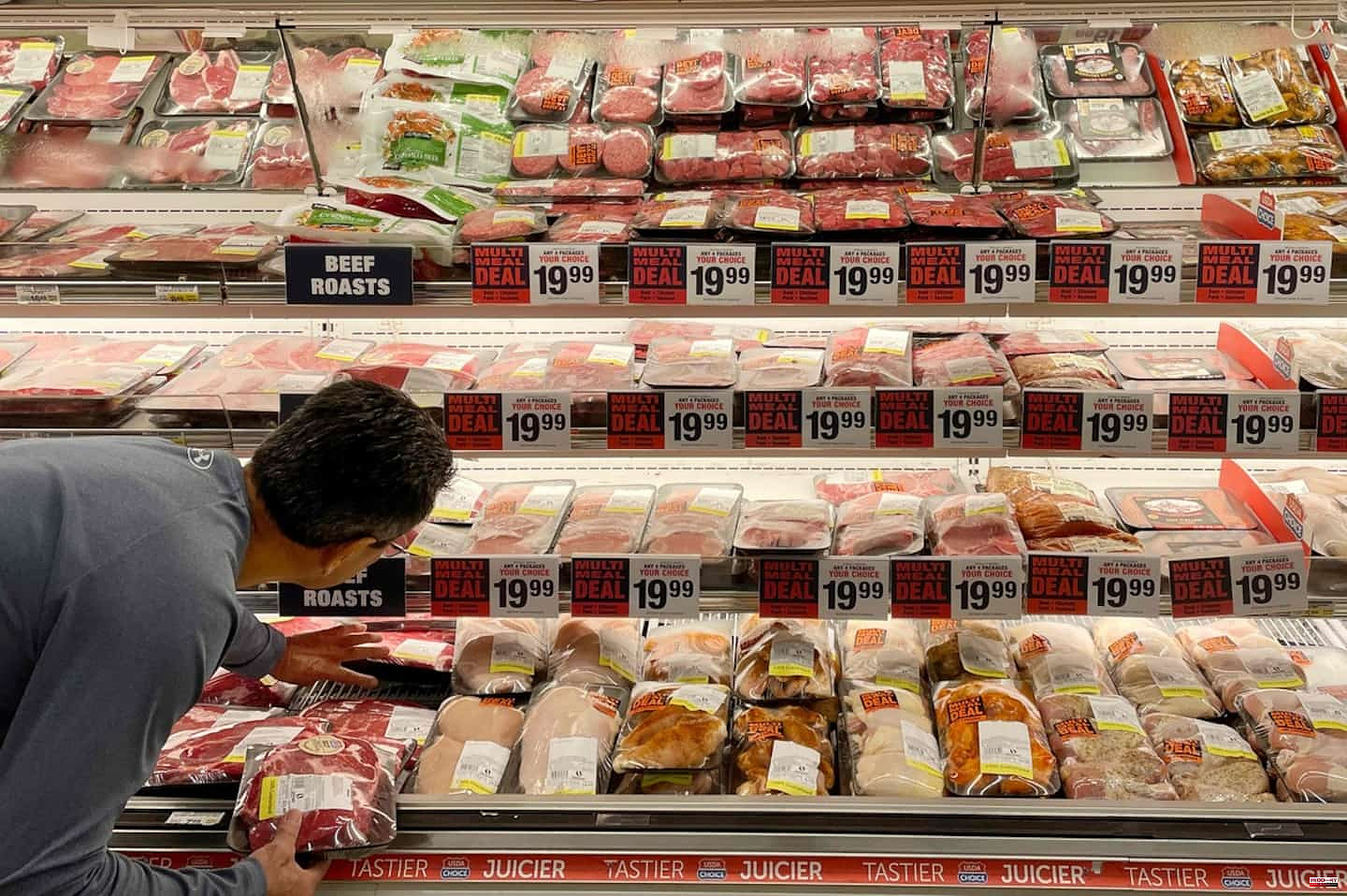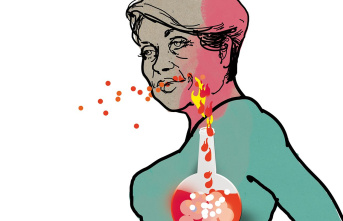The inflation rate continued to rise in Canada in April to stand at 6.8%, a new record since 1991 which is again explained by the rise in housing and food prices.
• To read also: The most expensive French wines from Sunday at the SAQ
• Read also: Many tactics used to counter inflation
“Russia's invasion of Ukraine at the end of February continued to influence energy, commodity and, especially, food prices. The unemployment rate was at a record low in April, and a strong labor market tends to put upward pressure on prices,” explained Statistics Canada in particular to explain the rise in inflation.
With this new peak, Canada is approaching a mark of 6.9% inflation that was set in January 1991, more than three decades ago.
For its part, Quebec, as usual for several months, came up against the national average by also posting an inflation rate of 6.8% over 12 months, up 0.1 point from to March.
Groceries more expensive than ever
Excluding fluctuations in the cost of gas, the inflation rate stood at 5.8% in April, compared to 5.5% in March. "This is the largest increase in the special aggregate of the all-items CPI excluding gasoline since its introduction in 1999," said Statistics Canada, confirming that housing and food prices which soar play a major role in inflationary pressures.
It must be said that according to Statistics Canada data, the grocery bill was 9.7% higher in April than 12 months earlier.
“The increase, which exceeds 5% for a fifth consecutive month, is the largest since September 1981. For comparison purposes, from 2010 to 2020 there have been five months of increases of 5% or more in the prices of store-bought food,” the federal organization said.
No food category escapes inflation, but those containing wheat are particularly affected due to the war in Ukraine. Thus, bread (12.2%), pasta (19.6%) and cereal products (13.9%) are particularly affected, although fruit (10%), vegetables (8.2% ) and meat (10.1%) follow not far behind.
In addition, rental prices continued to grow, up 4.5% over 12 months in Canada and 4.3% in Quebec.
For their part, gasoline prices did not influence the rise in the Consumer Price Index as much in April as in March, the amount paid at the pump having fallen slightly in April (-0.7%). , after rising 11.8% in March.
"Year over year, consumers paid 36.3% more for gasoline in April, compared to 39.8% in March," said Statistics Canada.
1












